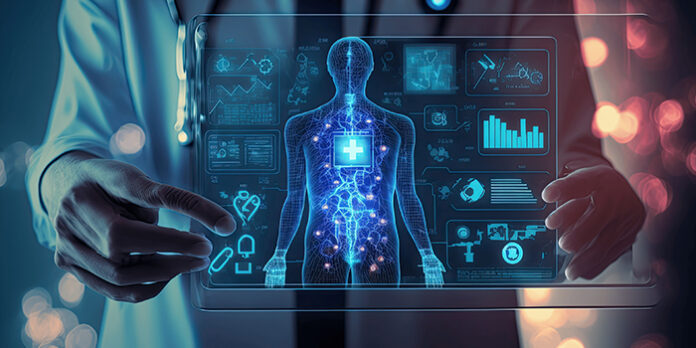Current and Future Uses in AI Medicine
The field of artificial intelligence is rapidly expanding, common applications in medicine have included risk stratification of patients based on personal or medical profiles, identification of abnormal laboratory or imaging findings and alerts to patients, physicians, and other health professionals, diagnosis of conditions based on available clinical information, and speech-to-text tools for clinical documentation. As a result, artificial intelligence is already deeply embedded in regular clinical practice.
Challenges and Concerns
- Regulation
Regulatory issues have dominated debates around AI, with legislative representatives convening hearings on the subject and heads of AI corporations pleading with legislators to seek stronger regulation of their own technology. Unrepresentative data used to train AI algorithms may introduce bias and worsen existing imbalances. Positive and negative attitudes about names connected with a specific racial group are one example, but there have been many similar situations and more can be expected in the future.
- Responsibility for Care
The use of automated analytics and decision-making, particularly in medicine, makes responsibility and liability for more care. For example, suppose a big language model, such as ChatGPT, examines a file and finds that a patient has no history of diabetes, and the patient recalls no such history, but an elevated glucose reading is actually buried within old laboratory findings.
The majority of the public is skeptical that using AI in health and medicine would improve health outcomes. According to a Pew Research Center survey of 11,004 U.S. adults conducted December 12-18, 2022, only 38% believe AI used to diagnose disease and recommend treatments would lead to better health outcomes for patients overall, while 33% believe it would lead to worse outcomes and 27% believe it would make little difference.
Near-Term Practical AI Applications in Healthcare
However, actual AI applications are emerging that could have immediate benefits in healthcare. Natural Language Processing (NLP), for example, can aid in the extraction and structuring of data from clinical notes, boosting information accessibility and quality.
Transformer models, which are a “type of neural network that learns context and meaning by tracking relationships in sequential data,” can also be useful. These models are capable of analyzing vast amounts of medical data and drawing correlations that can be extremely useful for diagnosis and therapy.
Few examples of Artificial Intelligence in healthcare.
PathAI provides one of the top Machine Learning and Artificial Intelligence technologies in healthcare, allowing Pathologists to make accurate cancer diagnosis. PathAI eliminates errors in cancer detection and provides a variety of innovative ways for personalised medical therapy.
Early Diagnosis of Fatal Blood Diseases:
Artificial Intelligence is extremely useful in detecting potentially fatal blood-related diseases at an early stage. Doctors can now check for dangerous compounds and germs in blood samples, such as Staphylococcus, E. coli, and others, at a far faster rate than manual scanning thanks to AI-enhanced microscopes. Scientists used over 25,000 blood sample photos to teach the robots how to detect hazardous bacteria.
- Customer Support Chatbots
- Virtual Health Assistants
- The Automation of Duplicate Healthcare Tasks
